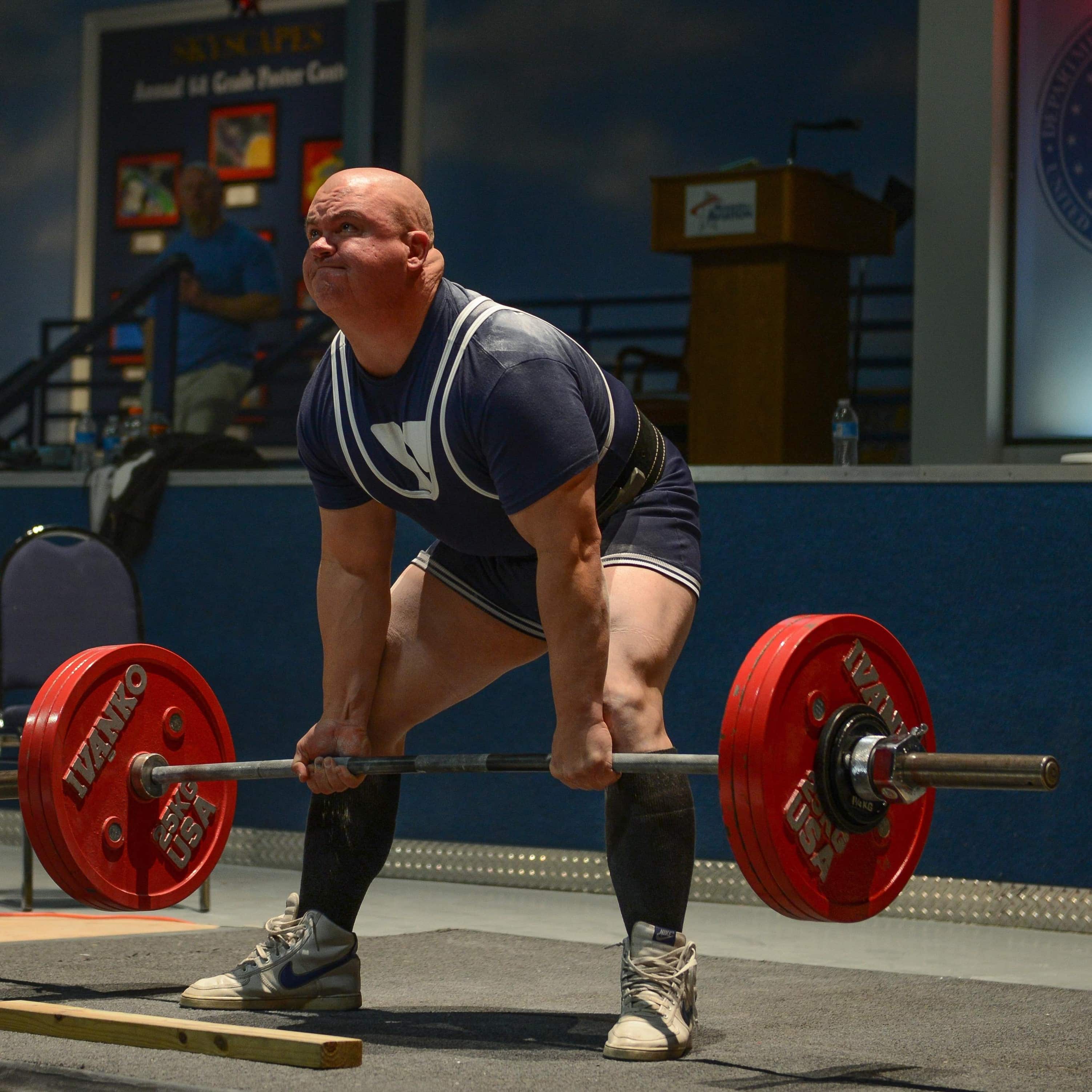5 pillars of explosive power:
Part 1: Train slow velocity strength with heavy strength training near maximal effort
As noted by Kraemer and Newton, slow velocity training is an aspect of explosive power development. Despite the fact that the movement is not occurring at a velocity that relates to the movement, it is hard to deny that slow velocity (heavy strength training) does not have its part.
Heavy strength training has many local and systemic benefits. With relatively untrained individuals, motor unit synchronization and coordination may be lacking. Heavy strength training that is at a near maximal effort requires high threshold motor unit activation (Henneman’s principle). Theoretically, training the athlete to tap into these higher threshold motor units will allow them to be activated again more easily.
Thus, such training has been shown to increase rate of force development, motor unit firing outputs, and motor unit coordination. Aside from neurological aspects, heavy strength training has been shown to increase muscle cross sectional area as well as improve integrity of tendons. It is easy to see why slow velocity (heavy strength) training is often considered the “base” for athletic development.
Sources:
1. Cormie P et al. Developing maximal neuromuscular power. Sports Medicine 41(2). February 2011.
2. Newton, R. U., Kraemer, W. J. (1994). Developing explossive muscle power: implications for a mixed methods training strategy. Strength and Conditioning, October(May 2016), 20–31.
Provided by @strong_by_science (instagram account).




